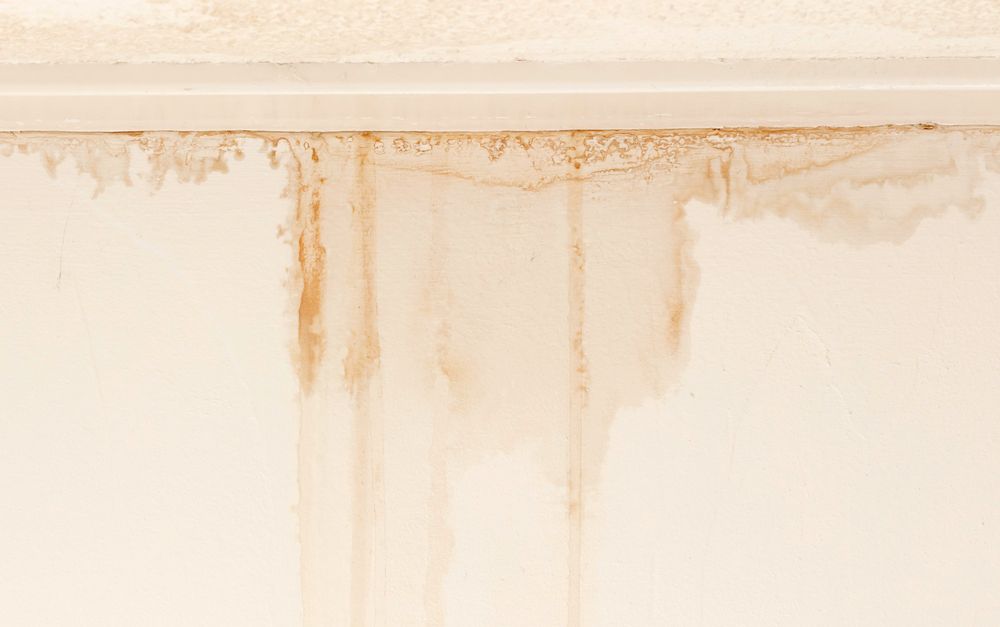Guide To Water Leakage Discovery At Home
Guide To Water Leakage Discovery At Home
Blog Article
What're your thoughts concerning Detecting hidden plumbing leaks?

Early discovery of leaking water lines can reduce a prospective calamity. Some little water leaks may not be visible.
1. Check Out the Water Meter
Inspecting it is a proven means that aids you find leakages. If it relocates, that suggests a fast-moving leak. This means you may have a slow leak that could also be underground.
2. Check Water Usage
Analyze your water costs as well as track your water usage. As the one paying it, you should discover if there are any kind of discrepancies. If you identify sudden changes, despite your usage coinciding, it indicates that you have leakages in your plumbing system. Bear in mind, your water expense must fall under the same array on a monthly basis. An unexpected spike in your costs suggests a fast-moving leak.
On the other hand, a consistent boost on a monthly basis, despite having the very same routines, reveals you have a slow-moving leakage that's additionally slowly escalating. Call a plumber to extensively examine your residential or commercial property, particularly if you really feel a cozy location on your floor with piping underneath.
3. Do a Food Coloring Test
When it comes to water usage, 30% comes from commodes. If the color somehow infiltrates your bowl during that time without flushing, there's a leak in between the container and bowl.
4. Asses Exterior Lines
Do not fail to remember to examine your exterior water lines too. Needs to water seep out of the connection, you have a loose rubber gasket. One small leak can throw away heaps of water and also surge your water costs.
5. Analyze the situation and also examine
House owners ought to make it a habit to examine under the sink counters and also also inside closets for any type of bad odor or mold and mildew growth. These two warnings show a leakage so punctual interest is required. Doing routine inspections, even bi-annually, can conserve you from a significant trouble.
If you know your home is currently old, maintain a watchful eye on your heating units, hose pipes, pipelines etc. Look for discolorations and weakening as many home appliances as well as pipes have a life expectancy. They will also naturally degrade due to deterioration. If you presume leaking water lines in your plumbing system, don't await it to escalate. Call a specialist plumber immediately so you don't wind up with a dreadful mess in your house.
Early detection of dripping water lines can alleviate a potential catastrophe. Some little water leakages may not be visible. Checking it is a surefire method that aids you discover leaks. One small leak can throw away bunches of water and also surge your water bill.
If you presume dripping water lines in your plumbing system, do not wait for it to escalate.
How to Know If Your Home Has a Hidden Leak
Water Meter Reveals Inexplicable Water Usage
If you’d like to test whether or not there’s a leak somewhere in your home, you can do this using your water meter. Here is how to conduct the test:
Don’t use any water in your home for at least 30 minutes; this also means not turning on faucets or water-using appliances.
Go outside, and check your water meter for activity.
If your water meter shows that there was activity, even though no one was using any water, this proves that there is a leak in your home.Visible Mold or Mildew Growth
Leaks behind walls create moist, dark environments that allow mold and mildew to grow and thrive. Eventually, you might see mold growth forming on the wall closest to a hidden leak.
If mold is growing in an area that receives a high amount of moisture, such as a bathroom, it may simply be an indication that better ventilation is needed. However, if you see mold growth on a wall or the ceiling in an area where you would not expect, you probably have a hidden leak.
Musty, Mildew Odor
Sometimes you might not be able to see the mold or mildew that is growing as a result of a leak. However, the smell can give the problem away just as easily. If you catch a whiff of something musty, there’s a good chance that old water is collecting somewhere in your home that you can’t see.
Stained/Warped Walls, Ceilings, or Floors
When your home soaks up water, a variety of red flags can become visible, including ceiling stains, bubbling drywall, warped walls, and sagging floors. While these issues can be caused by excess humidity, they can also be signs that a pipe or plumbing connection has started leaking behind your walls.
Inexplicably High Water Bill
After a while, you get a general sense for what your water bill should be. If you own a pool or sprinkler system, your bill will tend to be higher during summer. However, if you receive a water bill that seems especially high, and you can’t figure out what caused it, then you may have a hidden leak somewhere that’s increasing your bill.
https://www.plumbingjoint.com/blog/2019/july/how-to-know-if-your-home-has-a-hidden-leak/

As a serious person who reads about Top leak detection hacks, I assumed sharing that piece of writing was valuable. Enjoyed reading our piece? Please share it. Help someone else find it. Thank you so much for taking the time to read it.
Report this page